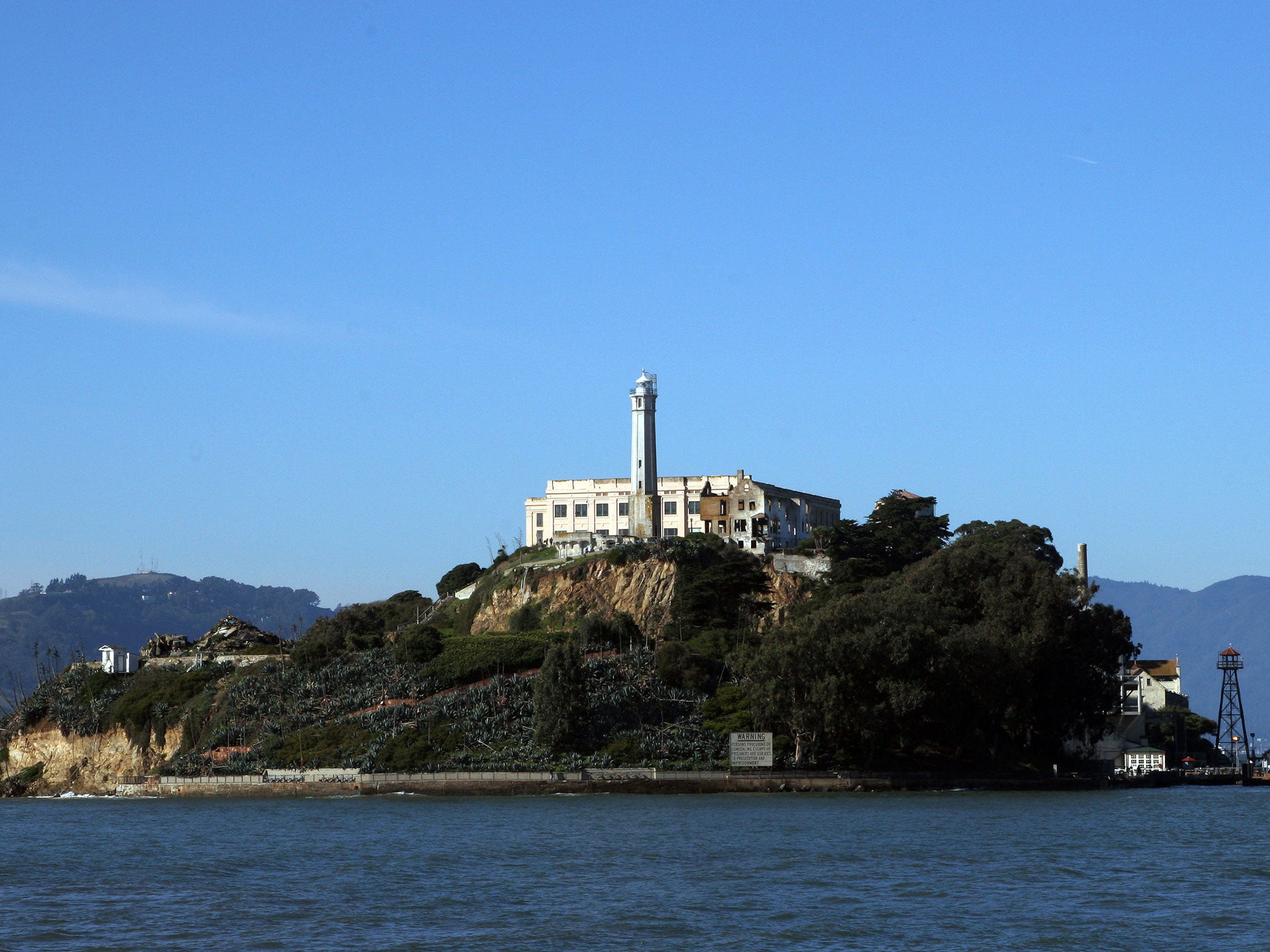Alcatraz escapees could have made it alive to shore - if they left The Rock at exactly the right time, according to scientists
The trio that fled in 1962 might not have drowned in the attempt

Your support helps us to tell the story
From reproductive rights to climate change to Big Tech, The Independent is on the ground when the story is developing. Whether it's investigating the financials of Elon Musk's pro-Trump PAC or producing our latest documentary, 'The A Word', which shines a light on the American women fighting for reproductive rights, we know how important it is to parse out the facts from the messaging.
At such a critical moment in US history, we need reporters on the ground. Your donation allows us to keep sending journalists to speak to both sides of the story.
The Independent is trusted by Americans across the entire political spectrum. And unlike many other quality news outlets, we choose not to lock Americans out of our reporting and analysis with paywalls. We believe quality journalism should be available to everyone, paid for by those who can afford it.
Your support makes all the difference.It is renowned as one of the most notorious and secure prisons in history – but new research claims that some inmates may actually have managed to escape from Alcatraz and lived to tell the tale.
Three prisoners who took to the icy waters of San Francisco Bay on the night of 11 June 1962 could have made it to shore if they left The Rock during a narrow window of time, Dutch scientists have found.
Although dozens of men launched bids for freedom during the prison’s 30-year life span, officials have always maintained that each one died in the attempt. The fate of the three prisoners in question - Clarence Anglin, John Anglin and Frank Morris – is unknown but they are listed as missing and presumed drowned.
As depicted in the 1979 film Escape From Alcatraz, the trio dug tunnels in the walls of their cells with spoons and made papier-mâché dummies to fool prison guards into thinking they were in their beds. In the aftermath of the breakout a paddle and some of their belongings were found floating in the water.
However, researchers at the Delft University of Technology (TU Delft) have concluded that the men could have survived if they left between 11pm and midnight. They have created computer simulations to prove their findings.
The simulations show that 11.30pm would have been the best time to depart, as then the trio's handcrafted rubber boat would most likely have landed just north of the Golden Gate Bridge. Any debris would have been washed up on Angel Island, which is where the paddle and other items were found.
The discovery was made indirectly after TU Delft researcher Oliver Hoes modelled the bay area using 3Di, state-of-the-art hydraulic software, in order to analyse the flood risk for large industrial facilities nearby. His colleague Rolf Hut realised the same technology could be used to find out what really happened that night the prisoners left Alcatraz.
The pair then teamed up with Fedor Baart, a hydraulic engineer at Deltares and expert on particle tracking.
“The simulations show that if the prisoners had left before 11pm, they would have had absolutely no chance of surviving,” Baart said.
“The strong currents would have taken them out to sea. However, if they left between 11pm and midnight, there is a good chance they reached Horseshoe Bay north of the Golden Gate Bridge.”
Hut added: “Of course, this doesn’t prove this was what really happened, but the latest and best hydraulic modelling information indicates that it was certainly possible. We also suspect the prisoners may have left later than has always been assumed because an escape at 10pm doesn’t fit in with where the paddle was found. And, of course, it is really intriguing that the famous TV show MythBusters also found that the most likely landing place was Horseshoe Bay.”
The findings will be presented tomorrow at the AGU Fall Meeting in San Francisco.
Join our commenting forum
Join thought-provoking conversations, follow other Independent readers and see their replies
Comments